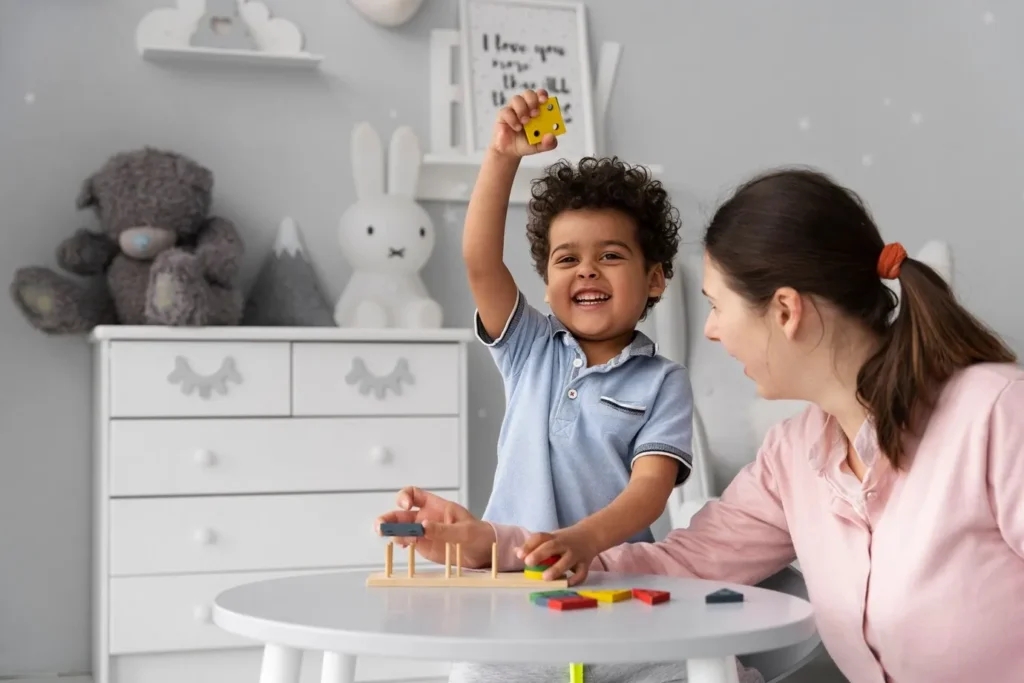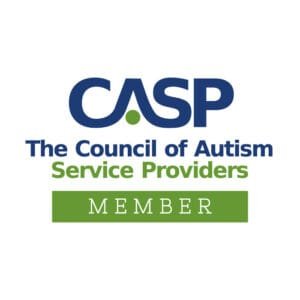Play is more than fun — it’s a child’s language. For children on the autism spectrum, structured play can unlock new ways to express feelings, connect with others, and practice vital life skills.
Play Therapy for Autism is a proven, child-centered approach that uses play as a bridge to learning, growth, and healing. If you’re wondering “What is play therapy for autism?” or “Is it right for my child?” — this guide will help you decide.
How Does Play Therapy Help Kids with Autism?
Children with Autism Spectrum Disorder (ASD) often find traditional talk-based therapy challenging because it relies on verbal skills they may still be developing. Play Therapy for Autism meets kids where they are — using toys, games, and imaginative activities to help them express feelings, learn new skills, and connect with the world.
Benefits of autism therapy through play include:
✔️ Improving communication and social skills
✔️ Reducing anxiety and behavioral challenges
✔️ Teaching self-regulation and coping strategies
✔️ Building trust and relationships in a safe environment
Different types of play therapy for autism may include:
- Child-led play therapy autism – The child leads, the therapist follows, building confidence and self-expression.
- Directive play therapy – The therapist guides play toward specific goals, like sharing or taking turns.
- Therapeutic storytelling or pretend play – Using dolls or puppets to act out feelings or scenarios.
What to Expect in a Play Therapy Session
Parents often wonder: “What happens in a play therapy session for autism?” Knowing what to expect can make the process feel less intimidating.
A typical session may include:
1️⃣ Welcome & Check-In: The therapist greets your child, making them feel safe and comfortable.
2️⃣ Observation: The therapist watches how your child plays naturally — what toys they pick, how they interact.
3️⃣ Guided Play Activities: Depending on your child’s goals, the therapist may introduce games that teach turn-taking, sharing, or expressing emotions.
4️⃣ Parent Feedback: Many therapists meet with parents afterward to share progress and give tips for home.
Play therapy sessions usually last 30–50 minutes and feel like fun playtime for the child — but each moment is carefully planned to support development.
Also Read: 6 Ways to Help Your Child Deal with Climate Anxiety
Play Therapy Activities You Can Try at Home
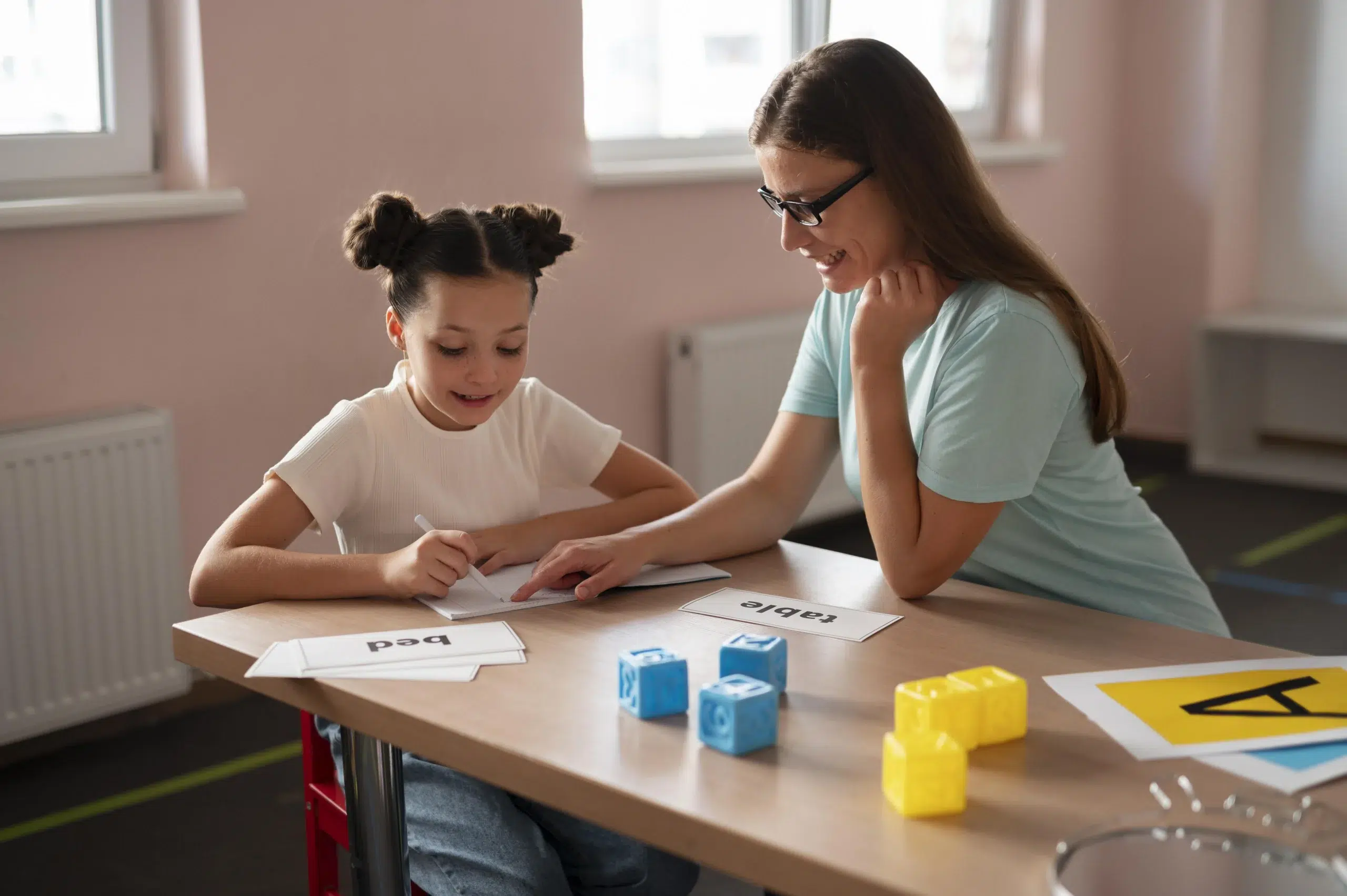
You don’t need fancy equipment to bring play therapy activities for autistic children into daily life. Try these simple ideas:
✅ Pretend Play: Use puppets, dolls, or action figures to act out social scenarios — greeting, sharing, asking for help.
✅ Sandbox or Sensory Play: Fill a tub with rice or beans and hide toys to encourage storytelling and exploration.
✅ Turn-Taking Games: Simple board games or rolling a ball back and forth teach patience and cooperation.
✅ Emotion Cards: Draw or print faces with different emotions. Take turns picking a card and acting it out.
✅ Art Time: Painting or drawing helps kids express feelings nonverbally.
✅ Obstacle Course: Physical play builds coordination and can be paired with pretend missions for extra fun.
These activities extend the benefits of autism therapy through play into daily routines.
Combining Play Therapy with ABA or Speech Therapy
Many families ask: “Is play therapy enough on its own?” For most children, a combination works best.
ABA Therapy (Applied Behavior Analysis) is highly structured and focuses on teaching specific behaviors through reinforcement. Speech Therapy targets language and communication skills.
Adding child-led play therapy autism to these approaches creates a holistic plan. Here’s how they fit together:
- Play Therapy builds trust, emotional expression, and social confidence.
- ABA Therapy teaches specific skills like requesting items, following instructions, or reducing unwanted behaviors.
- Speech Therapy improves the child’s ability to express themselves verbally — skills they can practice in play.
This well-rounded plan addresses multiple areas of development — emotional, social, and practical.
Also Read: What to Look for in an Autism Treatment Provider?
Is Play Therapy Right for My Child? Key Signs to Look For
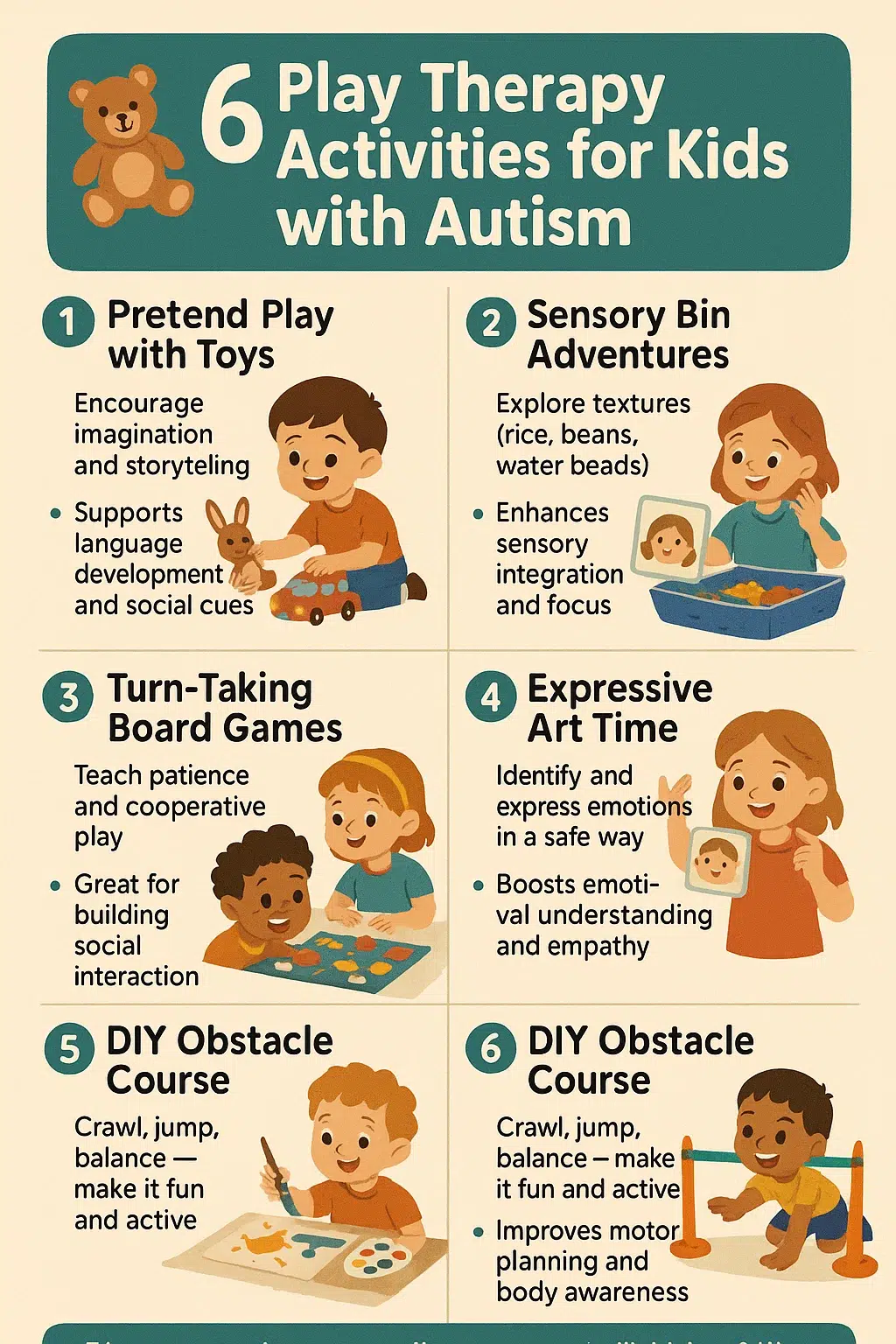
Wondering if your child could benefit? Here are some signs to consider:
- Your child struggles to express feelings or ideas.
- They have difficulty engaging in pretend or imaginative play.
- They avoid eye contact or interaction with peers.
- They get anxious in new social situations.
- They have frequent meltdowns or trouble self-regulating emotions.
If any of these feel familiar, talk to your pediatrician or an autism specialist. They can help you decide whether Play Therapy for Autism is a good fit — or if another approach like ABA or Speech Therapy should be added.
How AB Spectrum Can Help
At AB Spectrum, we believe play is powerful. Our therapists use child-led play therapy autism alongside proven techniques like ABA and Speech Therapy to create personalized plans that help children grow socially, emotionally, and behaviorally.
We understand no two children are alike — our therapists meet each child where they are, building trust and skills at their pace. Whether your child needs help with communication, social interaction, or emotional expression, we’re here for you every step of the way.
Read More: 5 Ways to Support Child Mental Health in this Pandemic
Final Thoughts
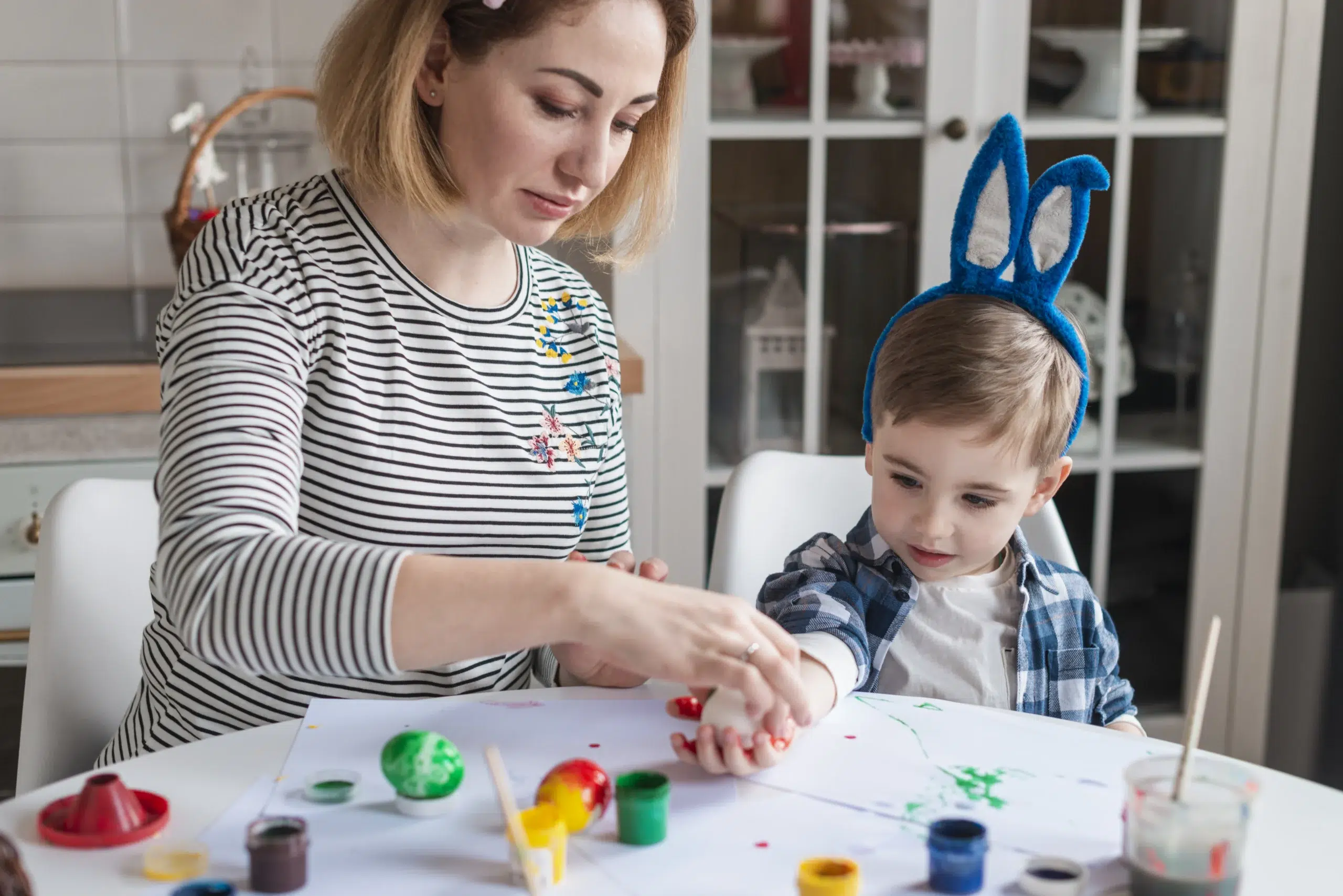
Play is powerful — especially for children with autism. Whether in the therapy room or at home, playful moments help kids learn, grow, and connect in their own unique ways.
At AB Spectrum, we’re passionate about using play to unlock your child’s potential. If you’re ready to explore Therapy for Autism, reach out today — we’re here to help your family every step of the way.
Frequently Asked Questions
Q1. How Does Play Therapy Help Kids with Autism?
It uses structured play to teach communication, social, and emotional skills in a way that feels fun and safe for children.
Q2. What Is Play Therapy for Autism?
A child-centered therapy approach where toys and games help kids express feelings and practice social skills.
Q3. Why Is Play Important for Children on the Autism Spectrum?
Play is a natural way for kids to learn. For autistic children, it builds confidence, language skills, and social connections.
Q4. What Happens in a Play Therapy Session for Autism?
A therapist guides play activities that match the child’s goals — like taking turns, expressing feelings, or coping with stress.
Q5. Is Play Therapy Effective for Autistic Children?
Yes — research shows play therapy can reduce anxiety, improve social interactions, and support emotional growth.
Q6. Can I Do Play Therapy Activities at Home?
Absolutely! Simple pretend play, turn-taking games, and art activities help extend therapy benefits.
Q7. How Do I Start Play Therapy for My Child?
Contact trusted providers like AB Spectrum for personalized Autism Therapy for Children and guidance on next steps.

